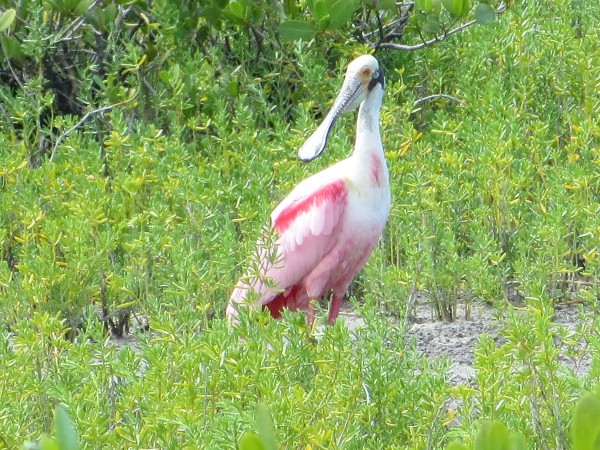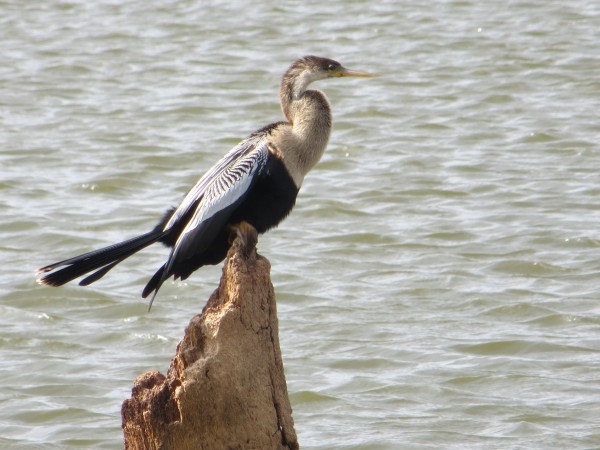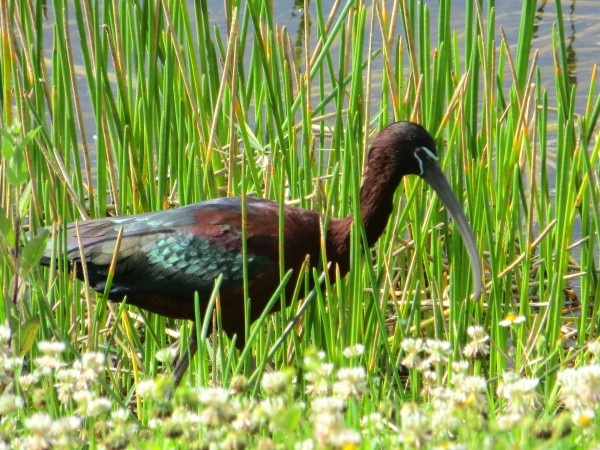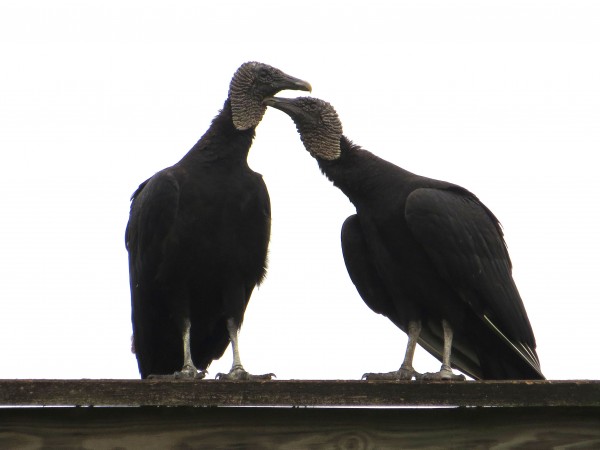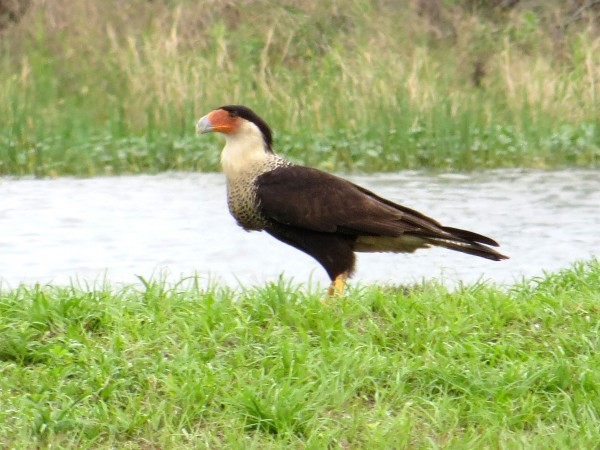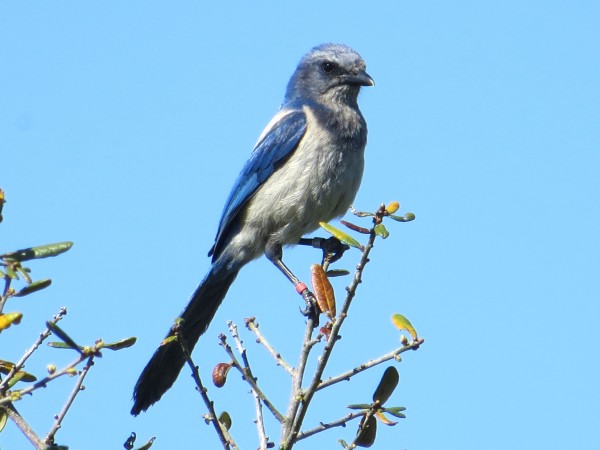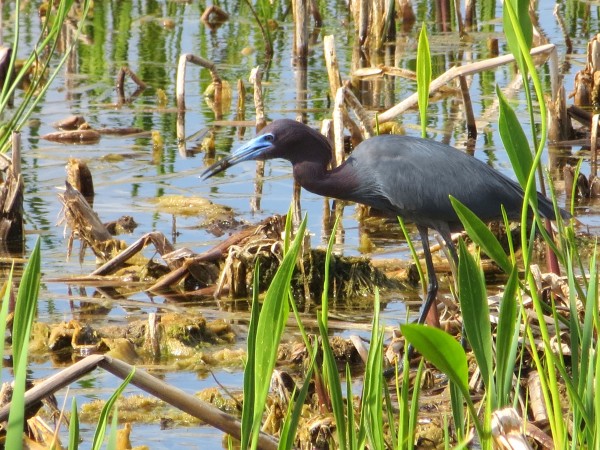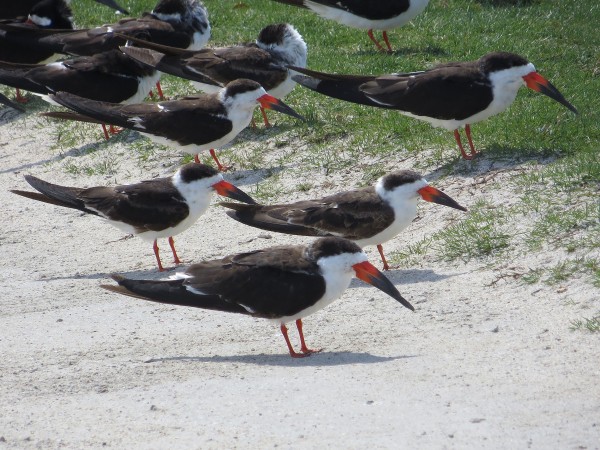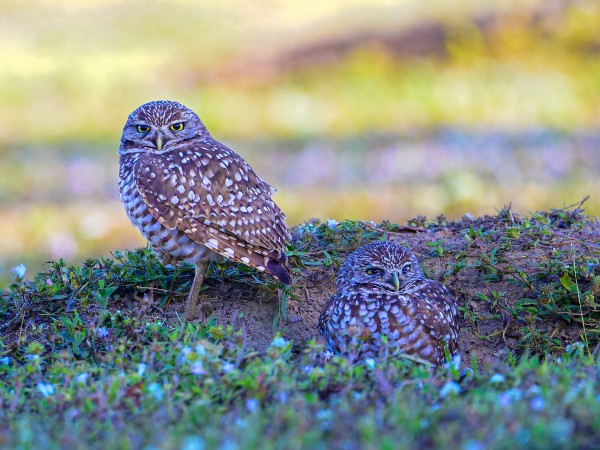Chuck's Birding Report #95
04 January - 10 January 2022
Dear fellow flock of birders,
The best places to bird in the Arb in the winter are around the periphery where the birds can go to feeders of home owners. The best Arb location is at Spring Trail Pond, aka the Duck Pond. I’ve been seeing about 120 Mallards on the pond thus the name.
In addition I’ve had good luck seeing lots of Common Redpolls either in the birches just south of the Crabapple Collection or in the European Alders at Icke Boardwalk. If you are birding in the Arboretum try those two spots.
I would also suggest that you take a drive out in the country and look for Rough-legged Hawks and Northern Harriers flying over the fields. Also look for Horned Larks, Snow Buntings and Lapland Longspurs that feed in the grass along the side of the plowed roads.
The weather has really been cold the last few days. I walked through the Arb today and even though the sun was shining the strong wind from the north was nasty!
Rather than reporting on Arb birds today I thought, because of this face-sloughing cold weather, we could take an imaginary snowbird trip to a state that might be warmer and find birds that we may never have seen before. Florida might be a good choice. One of our birders just returned from Florida and added 24 species of birds to her life list.
For the following birds found in Florida you might Google each or use your bird books or bird apps to learn more about each one.
Let’s start with a Roseate Spoonbill. I’ve seen several in my travels through Florida. I’ve seen them perched in trees. I’ve seen them in wetlands in singles and in pairs. They are about the size of a Great Blue Heron. The two most striking features are their pink plumage and the long, spoon-shaped bill. The most fascinating sighting I had was by chance seeing a group of five Spoonbills finding food in a 15 foot wide creek. They were all sweeping their bills from side to side half submerged in the water. If their beak would bump into something to eat they grab it in their bills and lift quickly to throw the food to the back of the mouth to swallow it. It really looked efficient. A photo of a Roseate Spoonbill is included.
The Anhinga is an interesting bird. It is very much like our Double-crested Cormorant in its behavior. It swims mostly submerged except for its head. It looks like a snake swimming. When it gets out of the water it finds a rock or downed tree log to perch on. It then spreads its wings to dry off its feathers. A photo of the Anhinga is included.
A bird that uses it long, downward curve beak to probe the bottom of shallow wet areas is the Glossy Ibis. They can probe the soil several inches to find food. They also bring the food up and toss it quickly to the back of their mouth and swallow it. The glossy part of their name refers to the shiny, iridescent feathers on parts of their body. Note also the uniquely shaped line around the eye. In 2020 a Glossy Ibis was seen in Dane County. A photo of the Glossy Ibis is included.
Black Vultures are common in Florida. They are all black except for white wing tips. The head and neck are featherless but covered by a gray wrinkled skin. To me that skin looks like the wigs that barristers in England wear. Included is a photo of two Black Vultures who are either having a romantic moment or maybe they are just preening one another.
The next bird is a Crested Caracara. It is a large, ground-dwelling falcon with a black body. The crest is also black, the face is red and the beak is large and hooked. It is impressive when it starts walking toward you. I saw one in Costa Rica too. A photo of the Caracara is included.
The Florida Scrub-Jay is a blue and gray bird with a long blue tail and strong legs. It is only found it Florida and lives in scrubby oaks and sandy soil. Its habitat is disappearing and it is an endangered species. The director of the Cornell Lab of Ornithology, recently retired, has studied this bird since 1972. When I saw it in Florida it seemed very friendly and was not scared off by my presence. It was probably waiting for me to feed it some peanuts. A photo of the jay is included.
Another bird that is similar to the Great Blue Heron is the Little Blue Heron. As the name would imply it is smaller than the Great Blue. The main part of the body is dark gray while the neck and head are purple blue. The bill is blue in this bird with a black tip. It feeds in marshes and shallow water. A photo of the Little Blue Heron is included.
The next to last bird is the Black Skimmer. I initially saw a flock of 30 or so standing on the sand near the shore. This is where my photos were taken. Later I saw a couple feeding in some open water in a marsh. If you look closely at the beak the lower bill is much longer than the upper bill which helps it when is flying over the water and skimming for food with its lower bill. It is fascinating to watch. A photo of the several Black Skimmers is included.
I’ve saved the best for last. Cynthia Carlson was recently in Florida and took many photos as usual. She is an exceptional photographer. The one she shared with me during her birding excursions was a photo of a pair of Burrowing Owls. You all know I love owls and Burrowing Owls are some of the cutest. They are often seen on the ground not far from the hole in the ground where they live. Cynthia’s photo shows one above ground and the other half inside it living quarters. Thank you Cynthia for letting me share one of your photos with the birding group.
Okay, did that journey through Florida’s aviary warm you up a bit? I hope so. We all needed that. I hope you can visit Florida and see all of the above birds when you go.
That’s the bird report from Florida.
I wish you all good health and good birding in 2022,
Chuck

